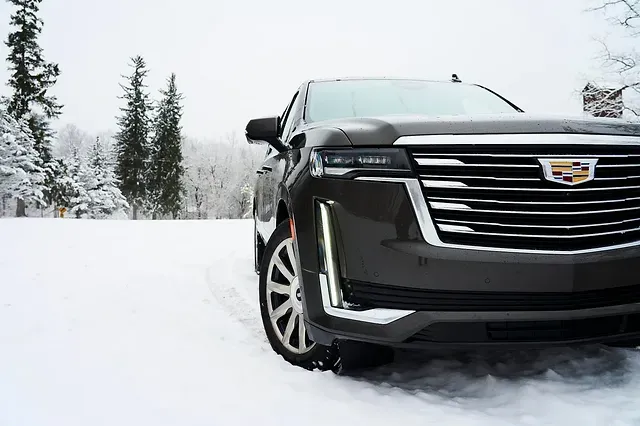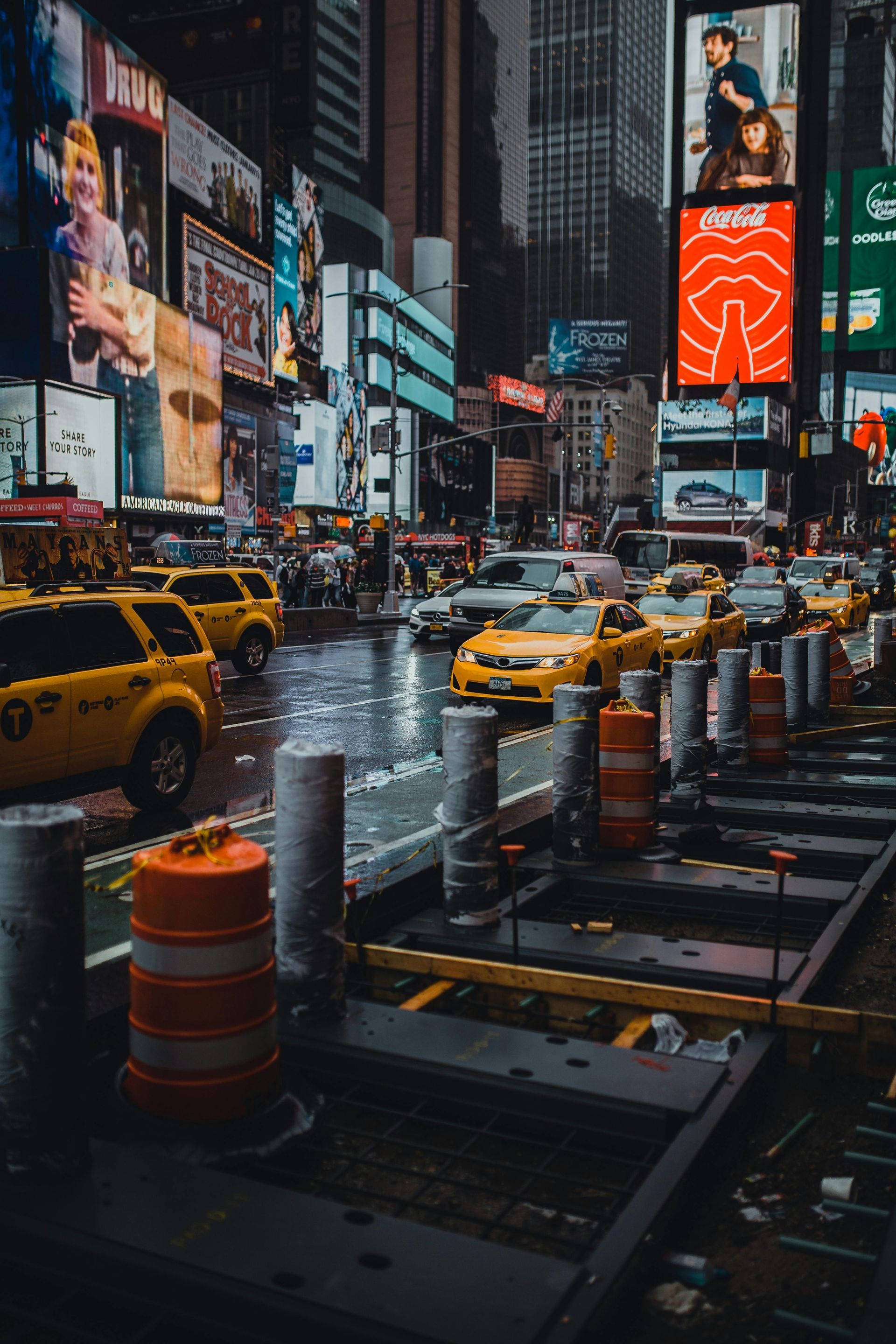How to Plan the Perfect Ski Trip in SLC and Park Citry
All the essential tips and tricks to make your trip a memorable one

Description:
If you're an avid skier or snowboarder, planning a trip to Salt Lake City (SLC) for some epic mountain adventures is a no-brainer. But with so many resorts and activities to choose from, it can be overwhelming to plan the perfect ski trip in SLC. In this blog post, we'll provide you with all the essential tips and tricks to make your trip a memorable one. From selecting the right resort based on your skiing abilities and preferences to finding the best accommodation options and exploring off-piste activities, we've got you covered. Get ready to hit the slopes like a pro with our comprehensive guide on planning the perfect ski trip in SLC.
Introduction
Planning a ski trip to Salt Lake City (SLC) offers a multitude of benefits for winter sports enthusiasts. With its proximity to world-class resorts, breathtaking mountain landscapes, and a vibrant city scene, SLC provides the perfect setting for an unforgettable ski vacation. In this article, we will guide you through the essential steps to plan your perfect ski trip in SLC. Whether you're a seasoned skier or a newbie excited to hit the slopes, our comprehensive guide has got you covered.
Choosing the right time to visit
Picking the right time to visit SLC is crucial for ensuring optimal skiing conditions and an enjoyable experience. The best months for skiing in SLC are typically December through March, when the resorts receive abundant snowfall and maintain excellent slope conditions. However, it's essential to consider crowd levels during peak seasons and school holidays, as popular resorts can get crowded. Additionally, monitoring weather conditions before your trip will help you prepare and make necessary adjustments to your plans.
Selecting the perfect ski resort
SLC boasts an impressive selection of ski resorts, each offering unique terrains and amenities. Whether you're a beginner, intermediate, or expert skier, there's a resort suited to your skill level. Popular resorts in SLC include Snowbird, Alta, Park City Mountain Resort, and Deer Valley. Snowbird and Alta are known for their challenging terrain and abundant powder, while Park City Mountain Resort and Deer Valley offer a mix of beginner-friendly slopes and high-quality facilities. Familiarize yourself with each resort's characteristics to choose the one that aligns with your preferences.
Accommodation options
When it comes to accommodation in SLC, you'll find a range of options to suit every budget and preference. If you prefer staying in the heart of the city and having easy access to restaurants and nightlife, there are numerous hotels in downtown SLC. For a more immersive ski-in/ski-out experience, you can opt for resorts located directly on the slopes. Condos and vacation rentals are also popular choices, offering more space and flexibility for larger groups or families. Consider your priorities, such as proximity to the slopes, amenities, and budget, when selecting your accommodation.
Transportation and getting around
Getting around in SLC and reaching the ski resorts is relatively convenient. If you prefer the flexibility of having your vehicle, car rental options are available at the airport and throughout the city. However, if you want to skip the hassle of driving and parking, public transportation is a viable option. SLC has an extensive bus and light rail system, with routes that connect major ski resorts. Additionally, shuttle services operate between the airport and various ski destinations, providing a seamless transfer experience.
Planning your skiing itinerary
To make the most of your ski trip, it's essential to plan your skiing itinerary in advance. Consider your skill level and preferences when selecting slopes at the resort. Resorts typically have designated areas for beginners, intermediate skiers, and experts, allowing you to progress at your own pace. To avoid crowds on the mountain, start your skiing day early or explore less popular trails. Research recommended ski trails and routes beforehand to ensure you don't miss out on any hidden gems.
Equipment rental and gear
If you're not traveling with your ski gear, renting equipment in SLC is a convenient option. Most resorts offer rental services, allowing you to choose from a wide selection of skis, snowboards, boots, and other gear. However, if you have your gear, make sure to pack it properly for transportation. Protect your equipment by using padded bags and securing them tightly. It's also a good idea to double-check weight restrictions and any additional fees imposed by airlines for transporting ski gear.
Après-ski activities and dining
After a thrilling day on the slopes, SLC offers a variety of après-ski activities and dining options to unwind and indulge. Explore the vibrant food scene by visiting recommended restaurants and bars, where you can savor local delicacies and enjoy cozy ambiance. If you're looking for more winter activities, SLC has options like snowshoeing, ice skating, or even taking a scenic helicopter tour. Don't forget to relax and rejuvenate your body after an active day by visiting one of the city's top-notch spas or hot springs. Whatever you decide, SLC provides a unique and exciting experience during the winter months.
Tips for a successful ski trip
Before embarking on your ski adventure in SLC, it's important to keep a few tips in mind. First and foremost, prioritize safety on the slopes by adhering to ski etiquette and wearing appropriate protective gear. Make a checklist of essential items to pack, including sunscreen, lip balm, and extra layers to stay warm. If you're a first-time skier in SLC, consider taking lessons from professional instructors to learn proper techniques and gain confidence on the slopes.
Conclusion
In conclusion, planning the perfect ski trip in SLC requires careful consideration of various factors, including timing, resort selection, accommodations, transportation, skiing itinerary, equipment rental, après-ski activities, and safety. By following our comprehensive guide, you can ensure a memorable and successful ski trip in SLC. Whether you're seeking thrilling adventures on the slopes or indulgent relaxation off-piste, SLC offers it all. So, pack your gear, book your trip, and get ready to experience the ultimate winter getaway in the beautiful mountains of Salt Lake City.














